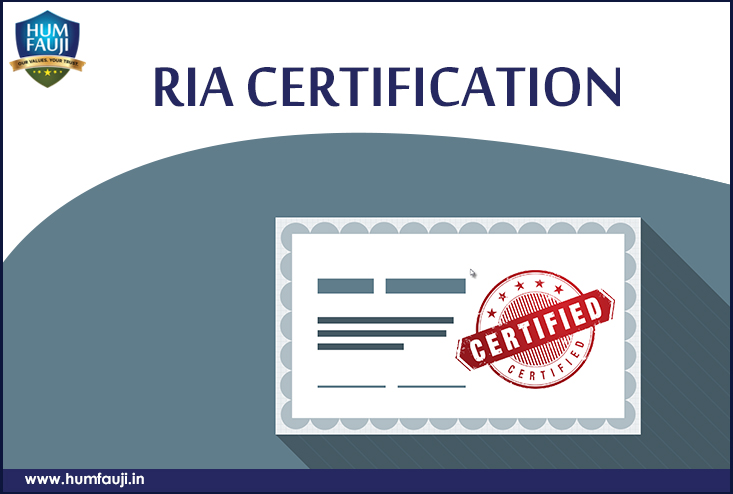The old perspective that one should never get into debt has changed now. It is not because of ‘enjoy today, pay later’ tendency of the current generation, but because changing financial dynamics demand so. This is more so in case of home loans.
A Home loan is taken for an appreciating asset, that is a house, which is a part of prudent financial planning. This is opposed to a loan taken for a depreciating asset like an automobile, holidays, white goods etc where the aim is to meet an immediate requirement (real or perceived!). In addition to creating a financial asset, the tax breaks given for home loans for houses could be the biggest tax exemptions you could ever get under the current tax laws, making the effective rate of interest paid by you much lesser than the one contracted for on your home loan. However, there should be no tendency to put the cart before the horse – we have seen a large number of people take a huge home loan because they want to save tax. If ever they calculate the total amount of interest paid Vs the tax saved, they might not even know how to regret their decision!
There are certain practical aspects to be kept in mind when you take a home loan:-
- Scout around for the best rate of interest. Generally large public sector banks like SBI, PNB and even smaller ones like Allahabad Bank, Indian Bank etc give the best rates with favourable terms and conditions like processing fees, file charges etc. Also, don’t overlook firms like LIC Housing Finance. Sometimes home loan lenders give a concessional rate for a special period, say 140 months, to balance their cash flows – it could be a good window for you if the special rate period is close to what you are looking for.
- Normally, for floating rates of interest, private sector banks are more ‘lethargic’ in reducing the rates than public sector banks. If this happens to you and the gap between the rate being offered to new customers and your current rate is large (typically 1% or more), fight / negotiate with the lender. If need be, pay the small fee to get it realigned to the latest rate – the fee will be worth it.
- It is not necessary that your employer-provided loan (like by AGIF, NGIS or AFGIS) will always be the best – it also would have the stipulation of restricting the tenure of the loan to your retirement date. In case of Premature Retirement (VRS), you would’ve to pay back the entire outstanding principal amount. Employer provided loans are generally at a fixed rate of interest which may turn out to be a disadvantage in current era of falling interest rates.
- Deciding on the correct tenure of the loan is very crucial. Don’t just take the longest term available. Generally try not to go beyond 15 years of loan period. See the table below for comparison of tenures for a loan of Rs 10L at 10% interest rate – here, 5 year tenure has been taken as the comparison datum.
| Years | EMI | Total Interest | Difference in EMI | Additional Interest Paid |
|
| Amount | % | ||||
| 5 | Rs.21,247.04 | 2,74,822.68 | 0 | 0 | 0 |
| 8 | Rs.15,174.16 | 4,56,719.75 | (Rs.6,072.88) | 28.58 | 1,81,897.07 |
| 10 | Rs.13,215.07 | 5,85,808.84 | (Rs.8,031.97) | 37.80 | 3,10,986.16 |
| 12 | Rs.11,950.78 | 7,20,912.70 | (Rs.9,296.26) | 43.75 | 4,46,090.02 |
| 15 | Rs.10,746.05 | 9,34,289.21 | (Rs.10,500.99) | 49.42 | 6,59,466.53 |
| 20 | Rs.9,650.22 | 13,16,051.95 | (Rs.11,596.83) | 54.58 | 10,41,229.27 |
| 25 | Rs.9,087.01 | 17,26,102.24 | (Rs.12,160.04) | 57.23 | 14,51,279.55 |
| 30 | Rs.8,775.72 | 21,59,257.65 | (Rs.12,471.33) | 58.70 | 18,84,434.97 |
You would notice that EMIs and total interest paid by you rises disproportionately to the increase in tenure of a loan. The best way to decide is to take the EMI sheet from the loan provider (which lists out EMI Vs Tenure Table per Rs 1 Lakh of loan), decide on how much EMI you can pay and reduce the tenure to as less as possible. You might arrive at tenure of 12 years or even 10 years instead of say, 15 years. This would reduce your interest burden substantially.
- Floating rate of interest or fixed is a dilemma you could face. As a thumb-rule, if interest rates are falling (as is happening now), take a floating rate and a fixed rate when they are rising. In the former case, when you feel the rates have bottomed out (which happened around 7.5% per annum rate in the last interest rate cycle), pay a small fee to fix your rate.
- Try to part pre-pay the loans at the earliest opportunity, even if it amounts to prepaying just about say Rs 25,000 in an instalment. Remember, every part prepayment directly reduces the Principal part of your loan. Give a standing instruction to the loan agency to reduce your tenure with every part prepayment and not the EMI. In India, on an average, home loans are fully pre-paid within about 50% of their original intended tenure.
- When to prepay is also very important. In a home loan, generally EMIs are kept constant over the full tenure. Initially, as the full principal amount is outstanding, your EMI largely consists of interest portion. Towards the end, it is the reverse. Hence, it makes sense to prepay the loan in the beginning (say, first half of the loan tenure). After that, the interest part is already much lesser than the Principal since the loaning agency has already extracted most of the interest due from you of the complete period – it does not make much sense to prepay the loan, except the mental satisfaction of being debt-free.
- Lastly, after you have taken possession of the house and either your EMIs are quite manageable (in case of a self-occupied house) or your EMIs roughly equal the rent being received, you should start looking for another house property to go in for. This typically happens about 6-10 years after taking possession of your previous house property.
—
With regards,
Col (retd) Sanjeev Govila, CERTIFIED FINANCIAL PLANNERCM
CEO, Hum Fauji InitiativesTM,
Your Long-term Partner for Wealth Creation
E-511, 2nd Floor, Ramphal Chowk, Palam Extn, Sector 7, Dwarka, New Delhi-110077 | Tele: 9999 022 033, 011 – 4054 5977, 011 – 4214 7236 | humfauji.in
Visit our Blog, https://humfauji.in/blog or facebook page http://www.facebook.com/HumFaujiInitiatives or follow us on Twitter https://twitter.com/#!/humfauji to get latest insight on matters financial














Leave a Reply